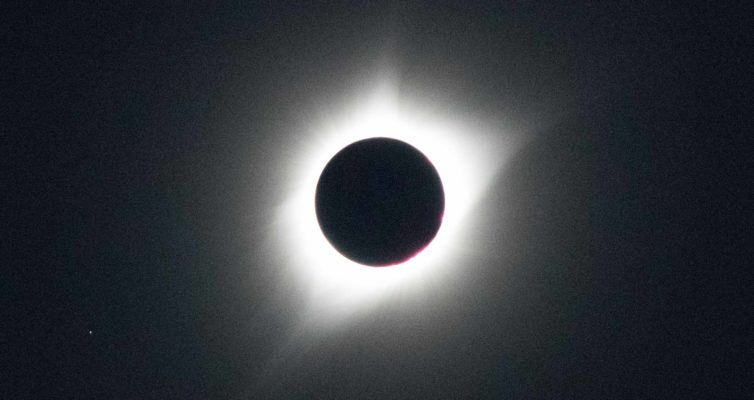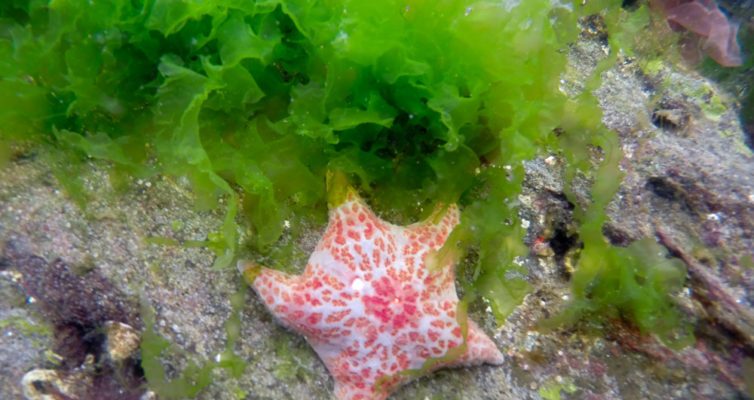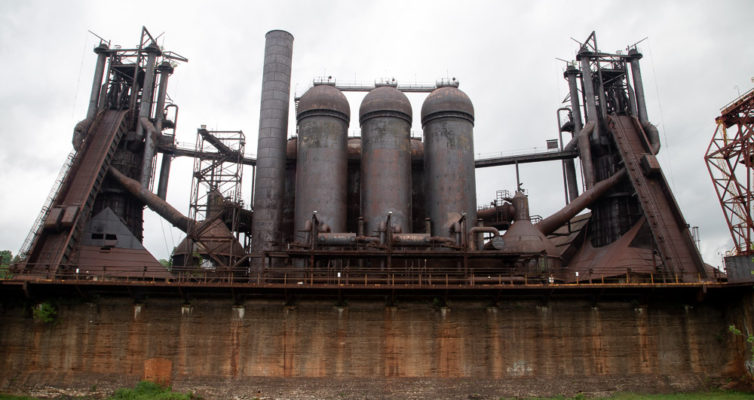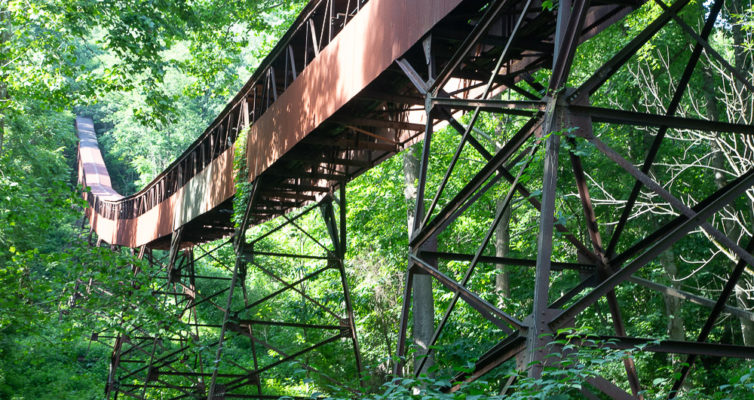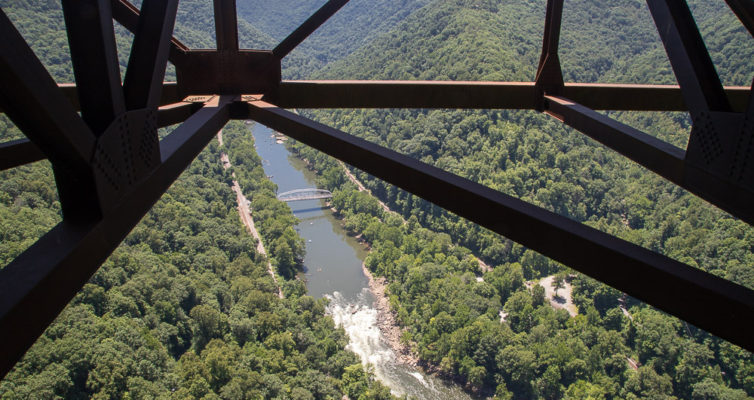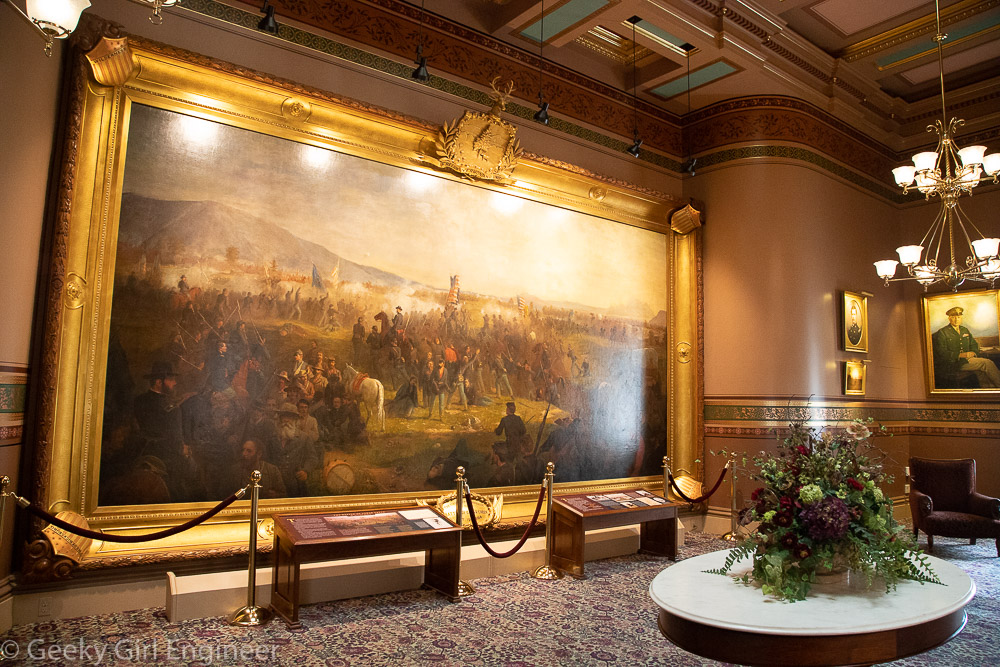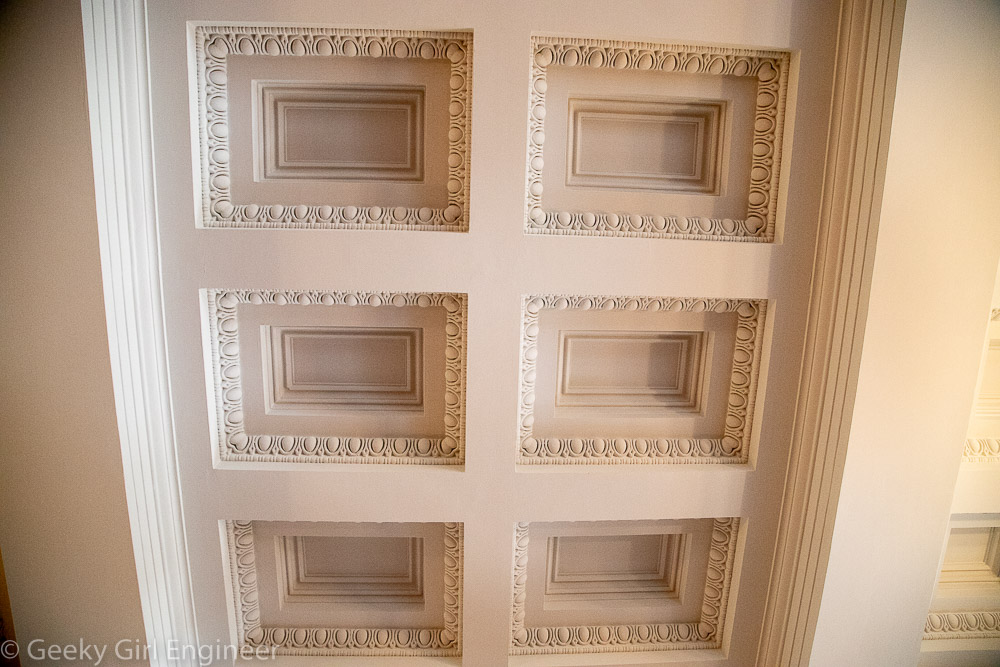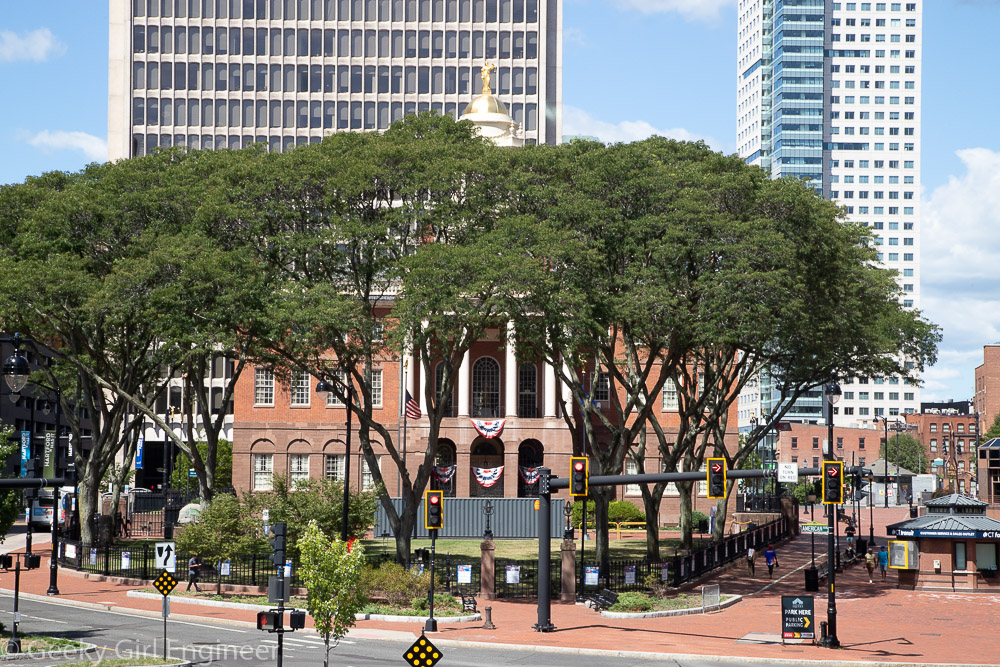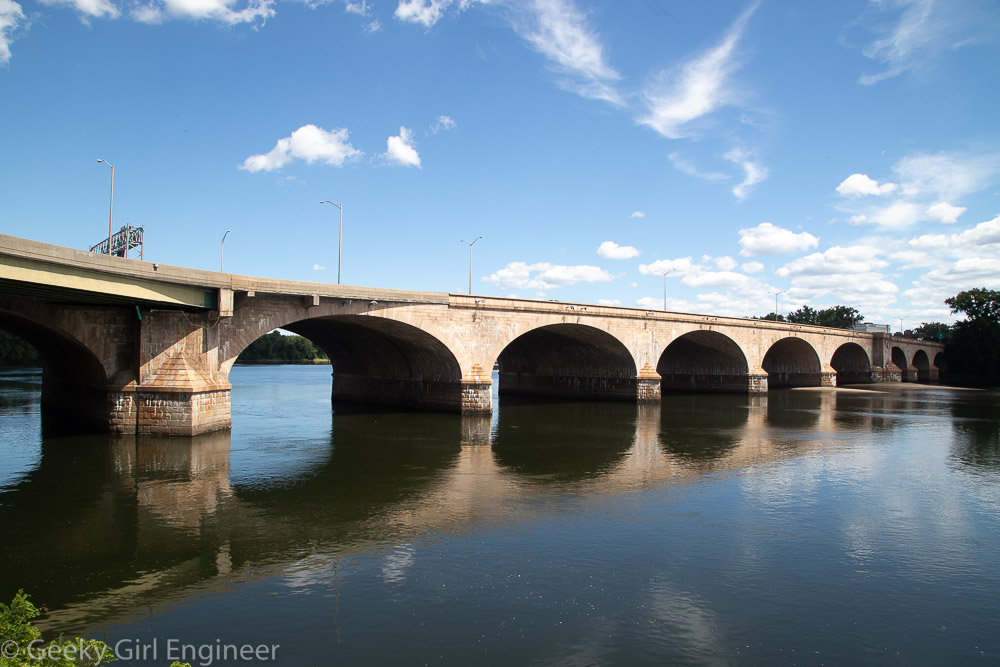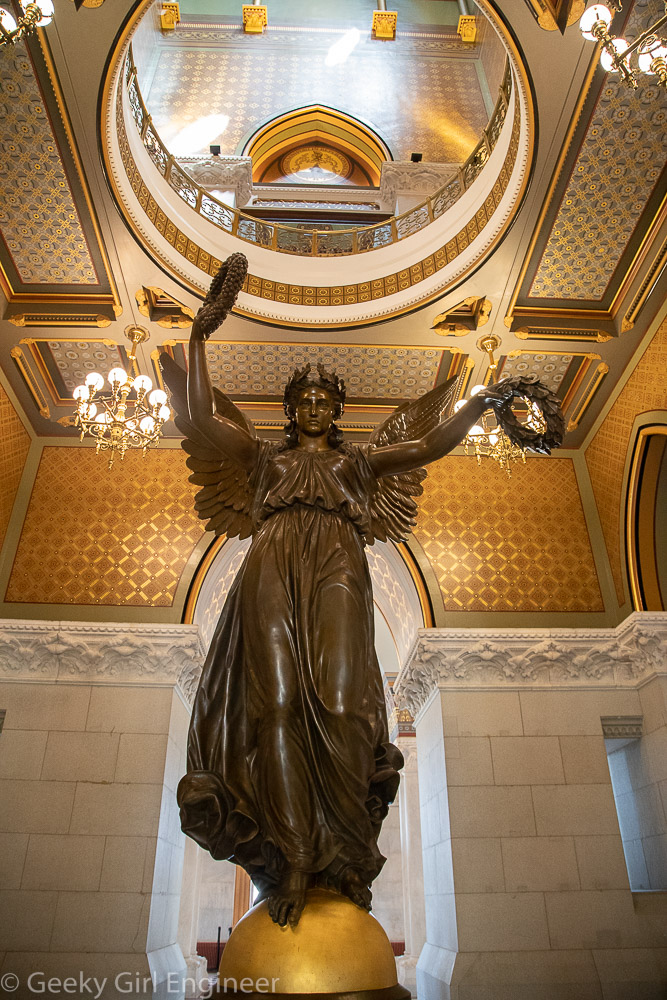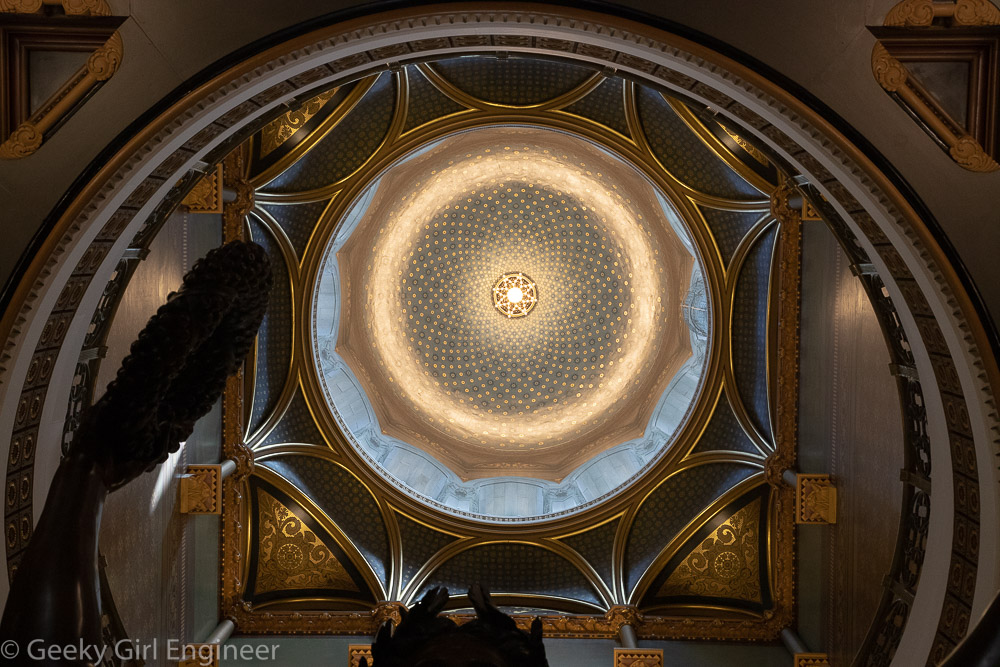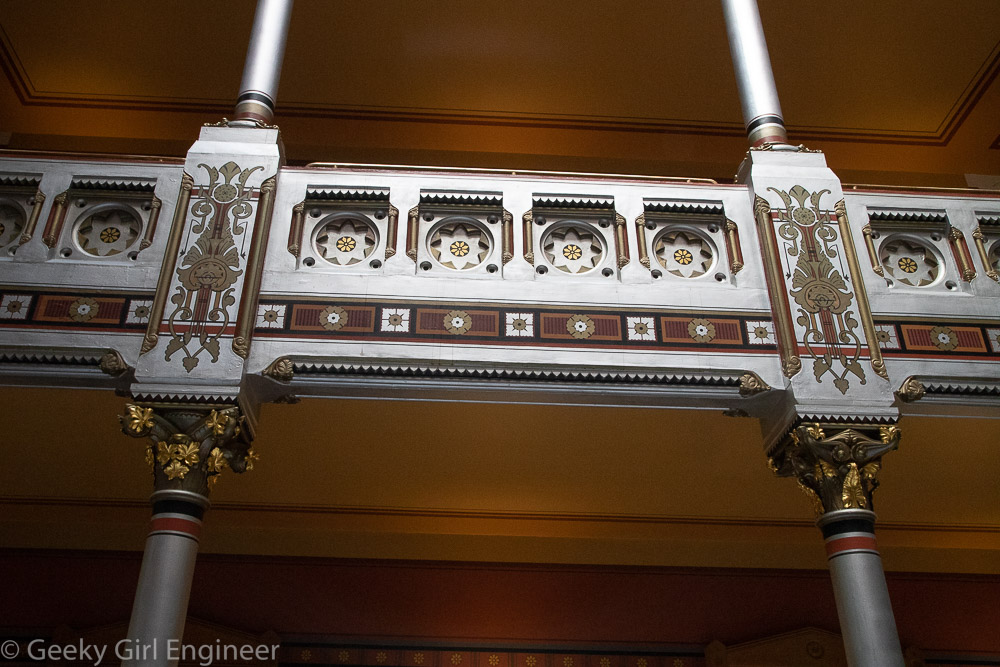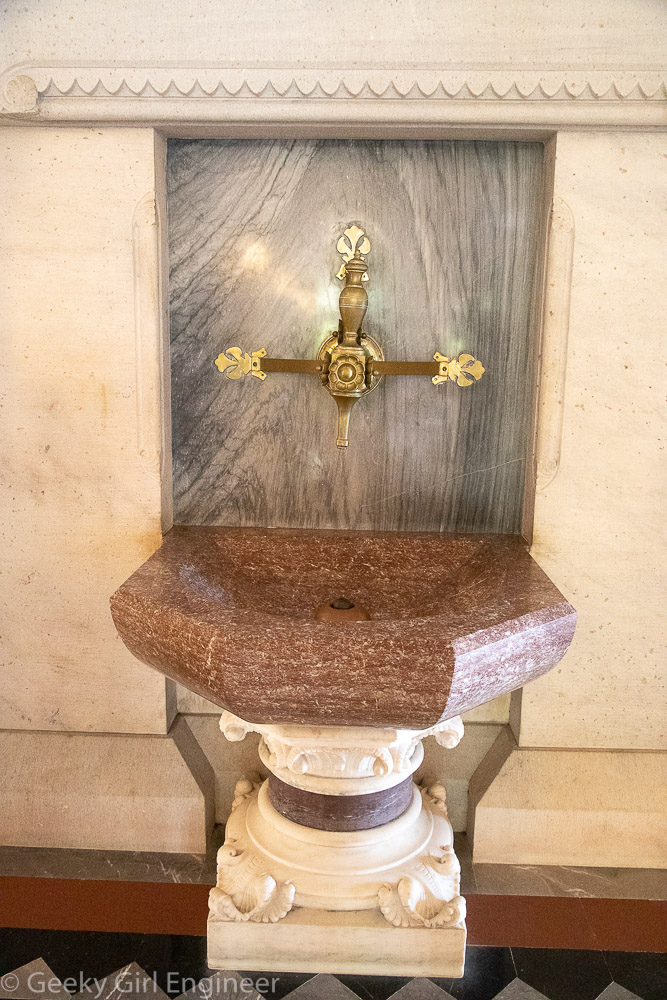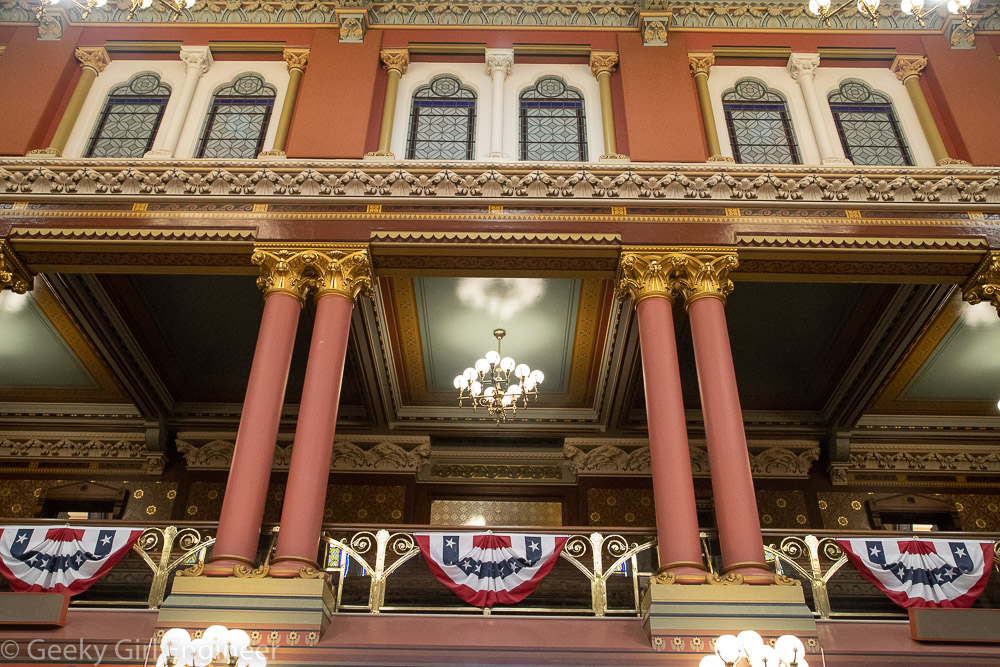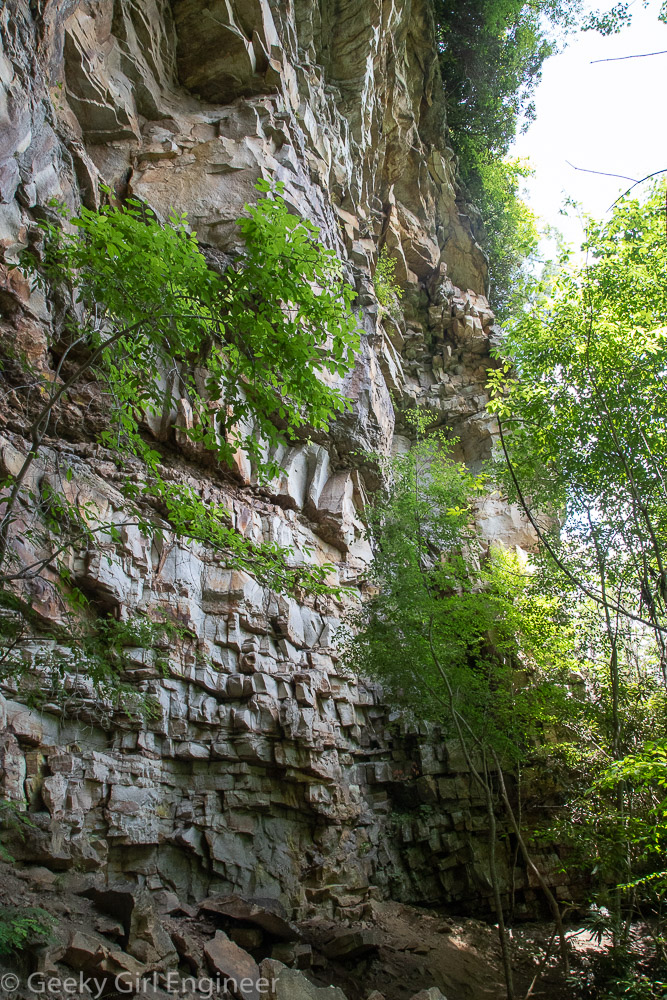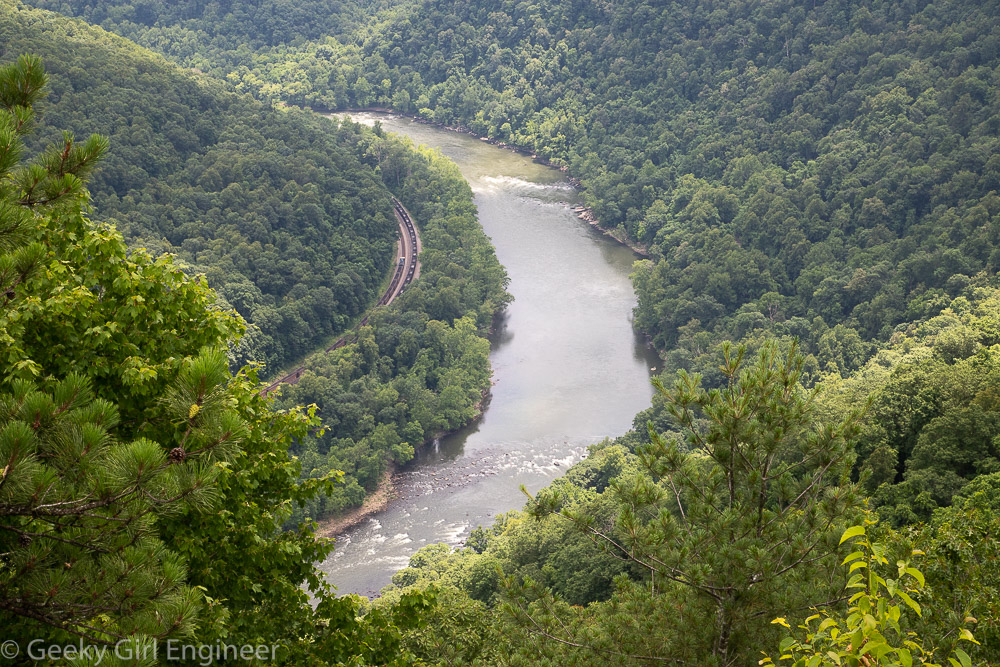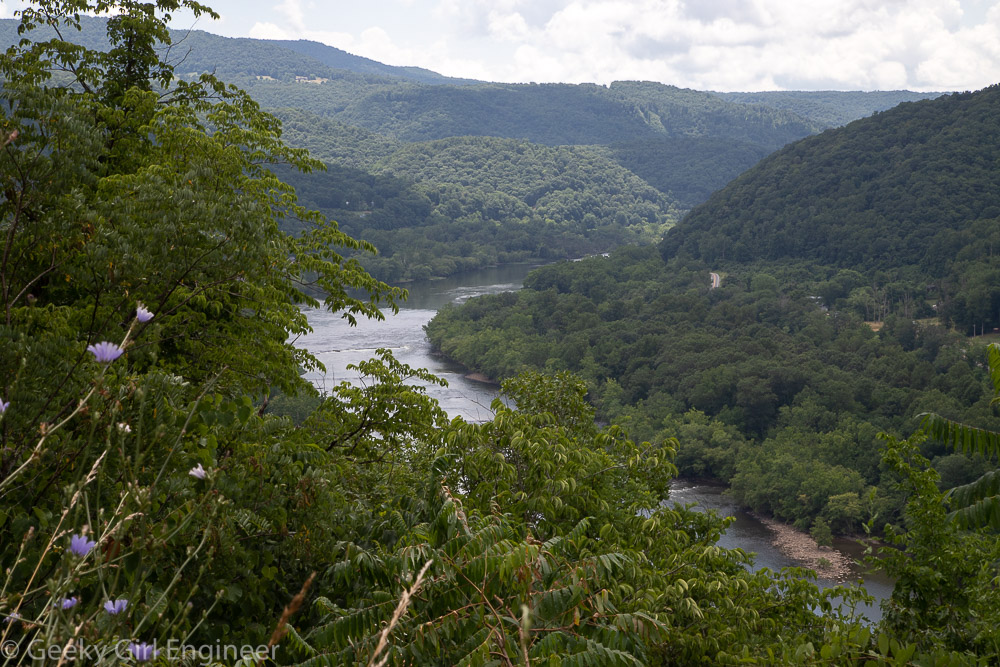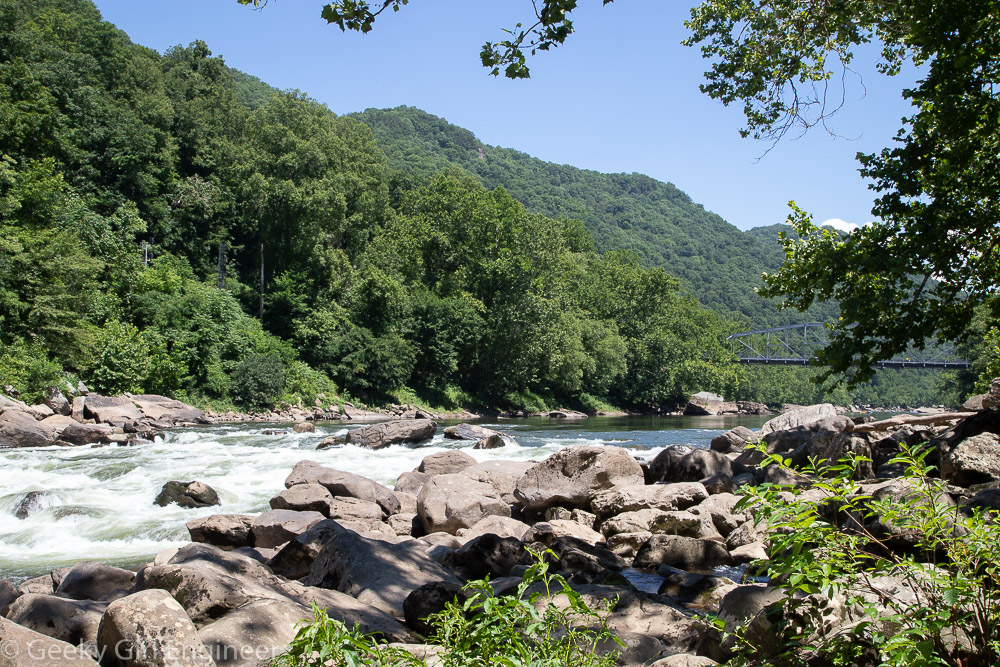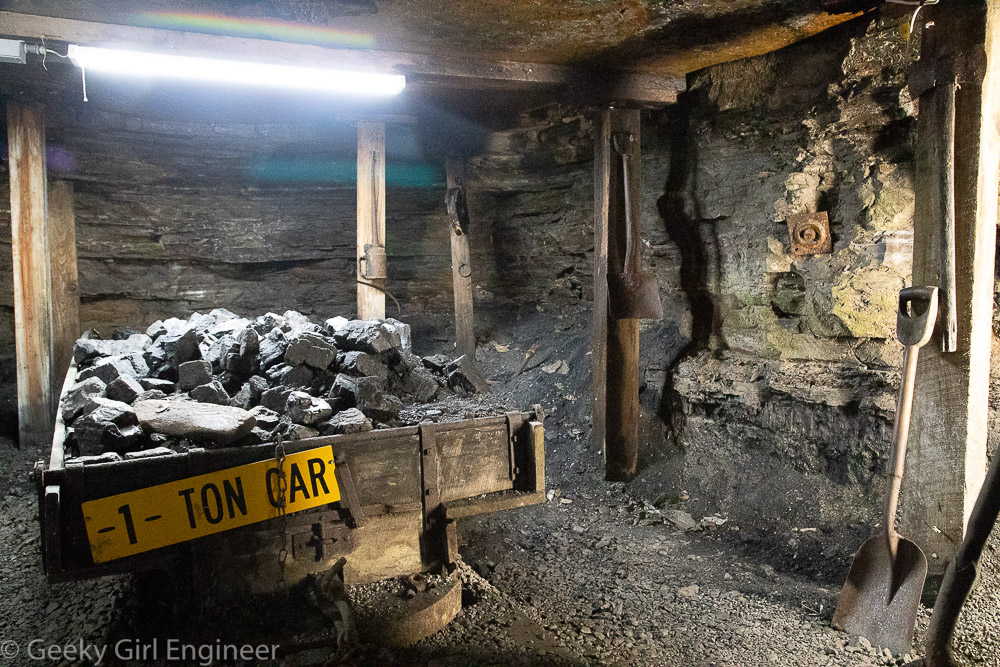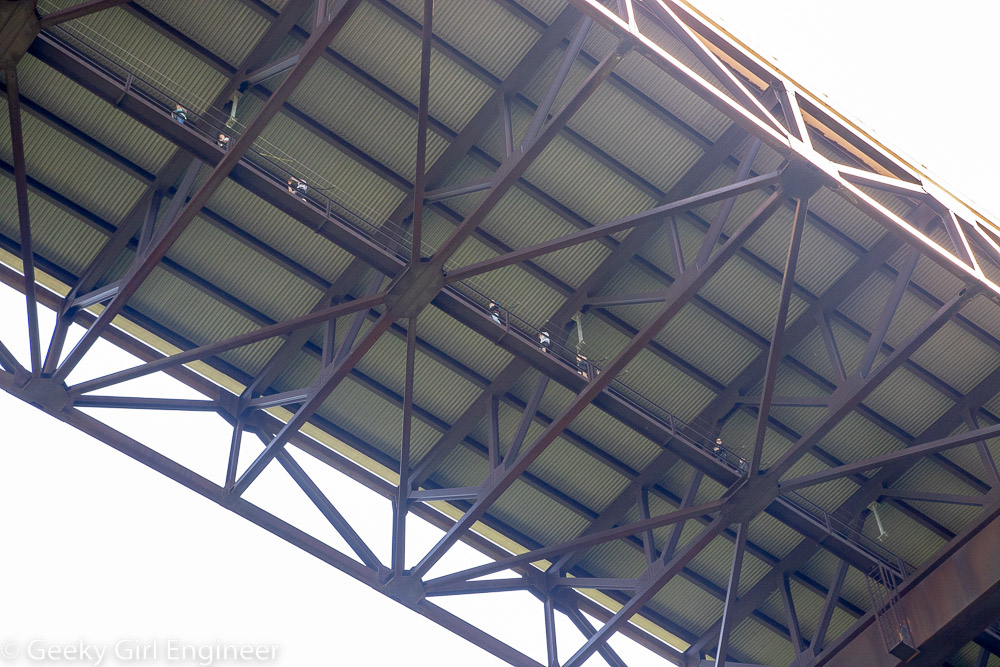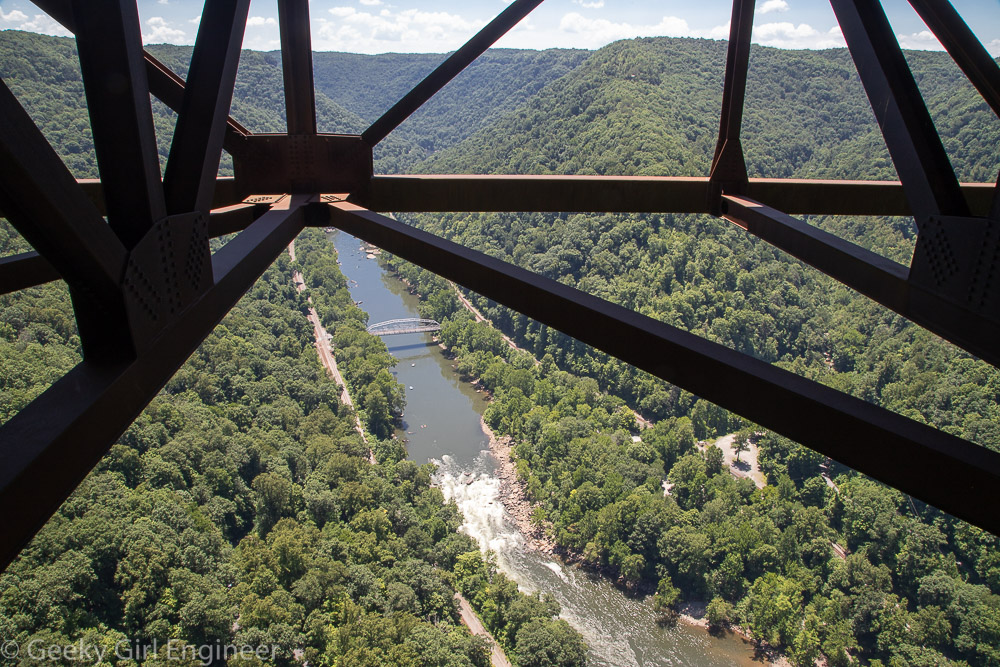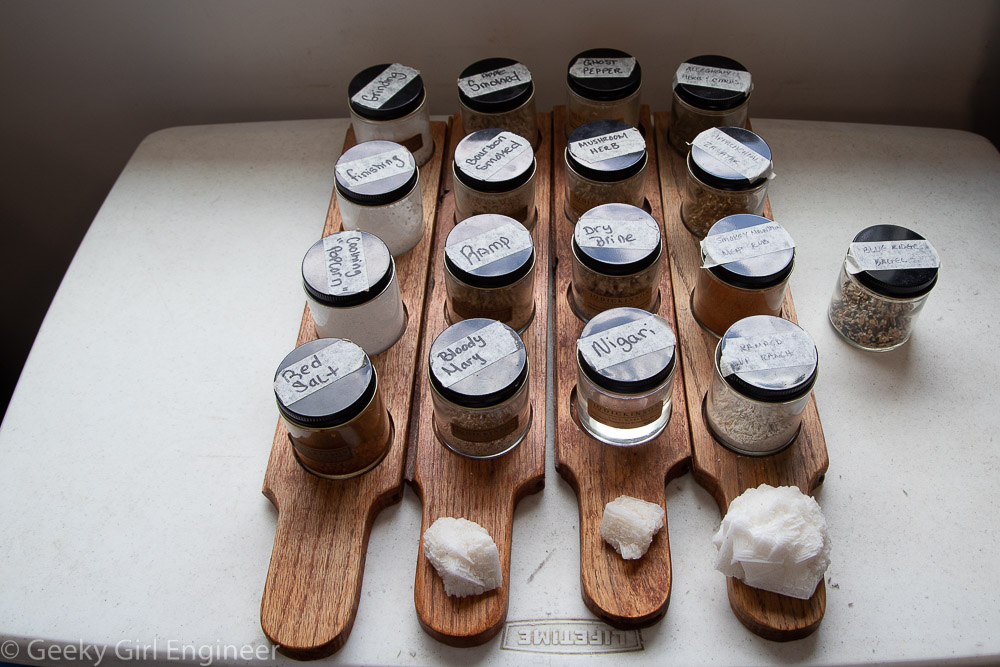Today while on a New England trip, I continued on my quest to see all the state capitols and visited Vermont’s state capitol in Montpelier. The Vermont state capitol reminded me of the Alaska state capitol solely on its somewhat casualness and friendliness of people there. However, the Vermont state capitol is much prettier and ornate. Our tour guide was a now-retired state representative (because he didn’t run for reelection). I don’t know why I find it so funny that a state representative would be a tour guide when not representing, but I do. He was a wonderful tour guide though. The capitol is small really, but the rooms are lovely. The current capitol is the third state house. Probably by coincidence, the senate chamber is predominately green, and the house chamber is predominantly red. I noticed this because this is the exact opposite of a couple of state capitols such as California and Colorado, where the house is green based on the UK House of Commons, and the senate is red based on the UK House of Lords.
There are some neat details in the building. For example, the law dictates that the Vermont coat of arms must have five elements: a deer head, a cow, haystacks, pine tree, and mountains. However, the rest of the details are evidently up to interpretation, so our guide pointed out at least five different versions on the tour. A “bonus” detail we got to see because it not part of a the tour was a gorgeous fireplace in a lounge area that has all these different stones mined in Vermont. We got to see it simply because he was leading us to the elevator as a member of the group needed to use it. Something that I also found amusing is that the capitol does have a dome, but you can’t look into the interior as it is unfinished wood. Our guide pointed to the part of the ceiling that is below the dome at my request because I am weird.

